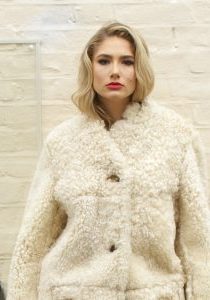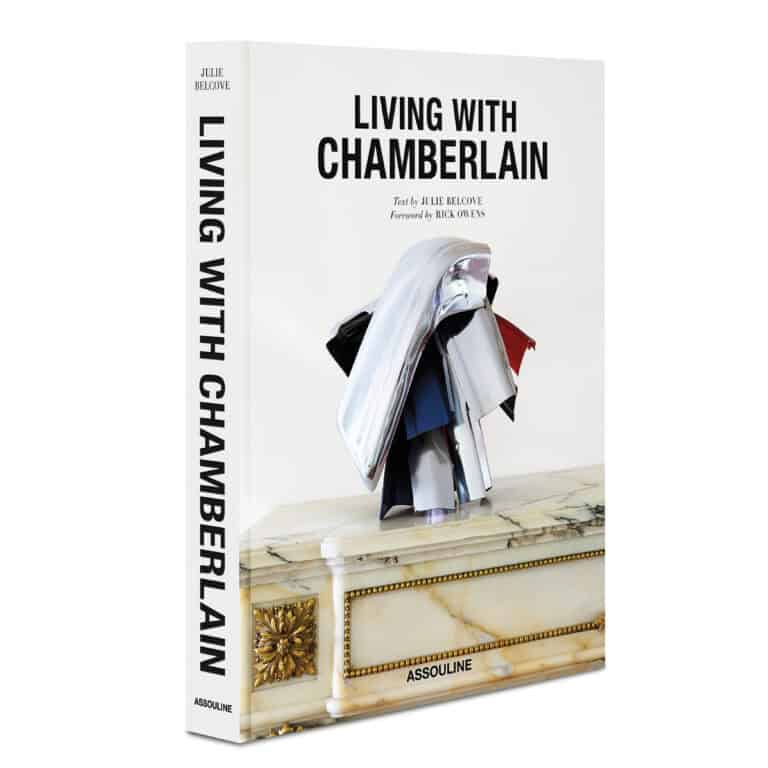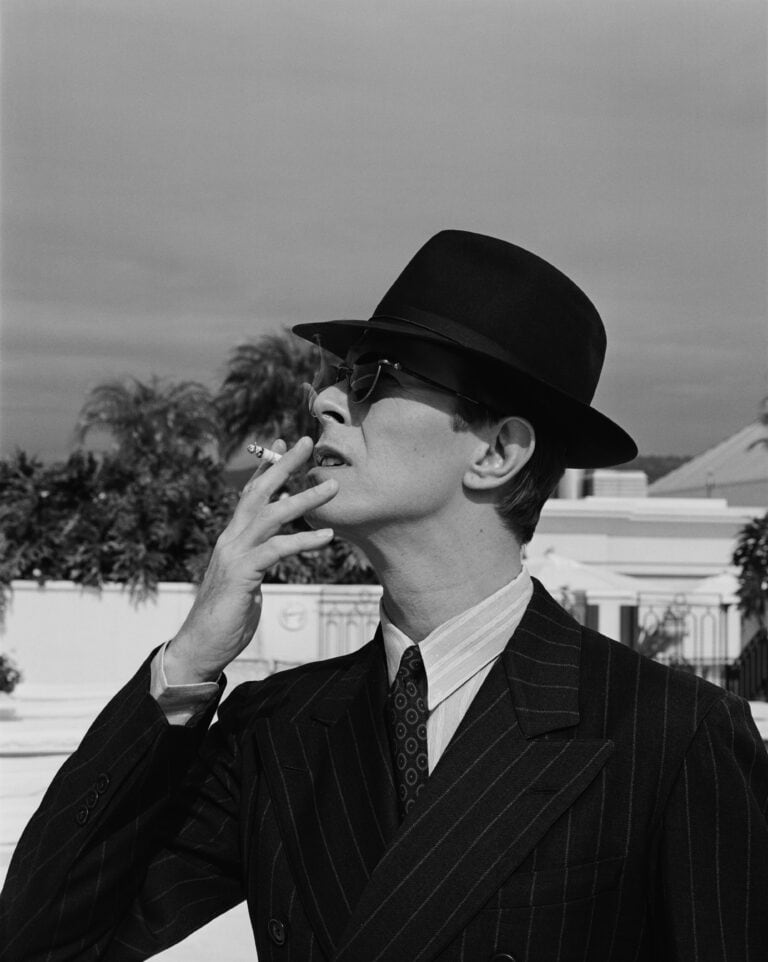
Patrick Bergsma: The Art of Nature and Porcelain
Kendra Dresser
Dutch artist Patrick Bergsma transforms antique porcelain into living worlds where nature quietly reclaims its space.
Patrick Bergsma
For centuries, porcelain symbolised elegance and control. However, in Patrick Bergsma’s hands, it becomes a stage for nature’s quiet return.
Moreover, his bonsai sculptures crack open vases and plates, letting moss, roots, and branches spill through. At once delicate and defiant, his work reminds us that even after destruction, beauty persists.
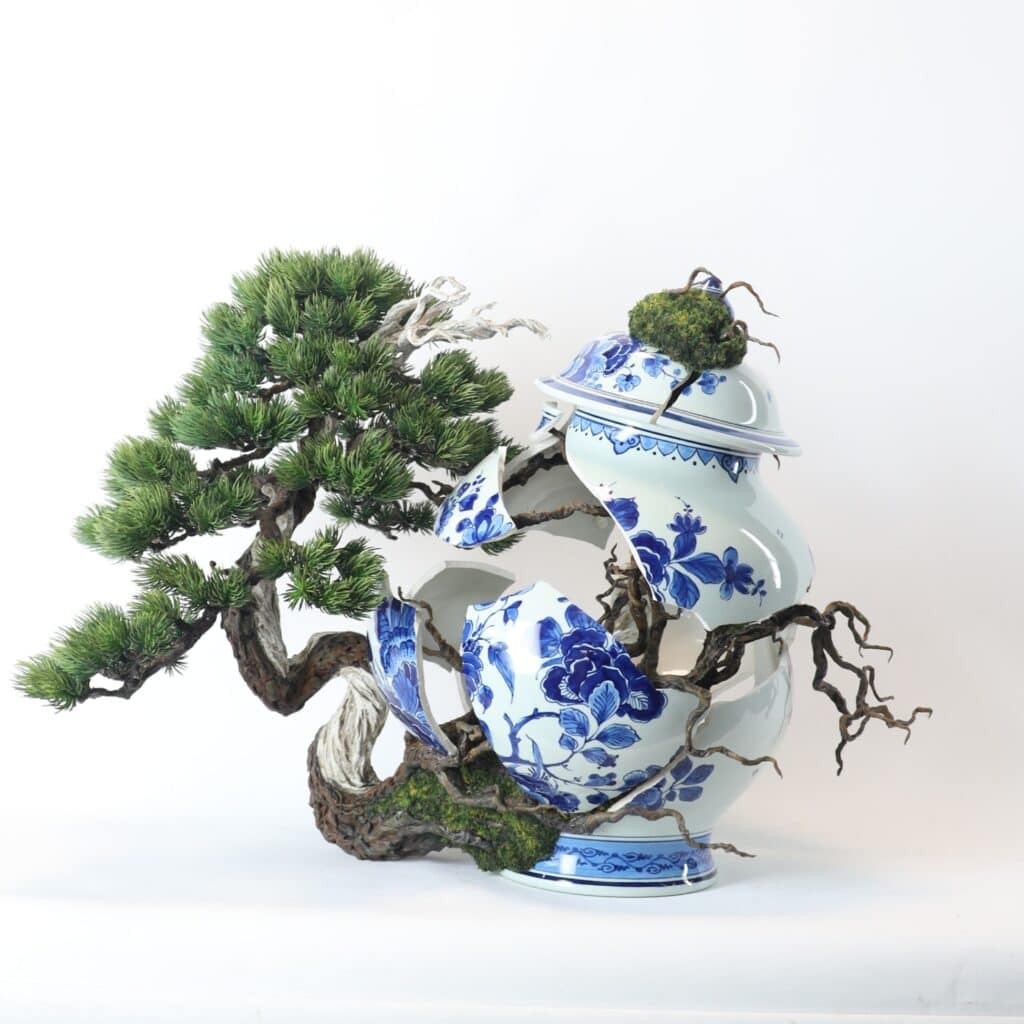

The Dialogue Between Nature and Artifice
Born in 1965 in the Netherlands, Patrick Bergsma grew up surrounded by antiques. His parents ran a shop, and his grandfather collected porcelain figurines. Consequently, this early fascination sparked a lifelong exploration of fragile beauty and natural resilience.
“At the Royal Academy in The Hague, this fascination resurfaced and inspired my artistic expressions,” he says. “I want to express the hopeful thought of nature’s adaptability. Humans might be the next disaster, but nature will revive again.”

Nature reclaims porcelain
Indeed, Patrick Bergsma draws on centuries of East–West artistic exchange. “What we call typically Dutch, like Delft Blue, was originally an imitation of Chinese and Japanese porcelain,” he notes.
Accordingly, rather than repairing cracks with gold like traditional kintsugi, he fills them with life, moss, roots, and branches pushing through porcelain seams, creating a quiet explosion of growth.
For PAN Amsterdam 2024, celebrating 750 years of the city, he combined 18th-century Dutch-painted porcelain with bonsai sculptures.


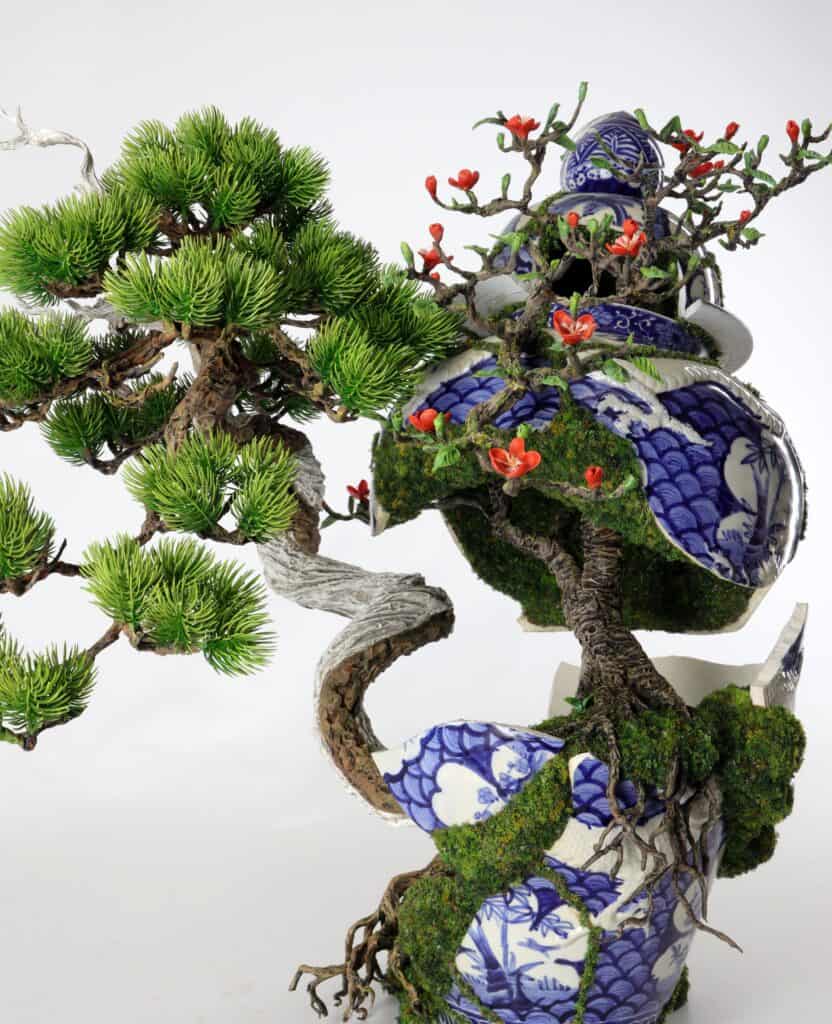
“Everyone knows those old vases that sit in people’s homes,” he says, “and the natural elements that grow through them give food for thought.” Moreover, through these works, Bergsma demonstrates how cultures, like nature, evolve, intertwine, and bloom again.
Expanding China Patrick Bergsma
In Addition, his celebrated Expanding China series, antique vases split as handmade bonsai trees grow through them. Each leaf, branch, and root is sculpted from coconut fibre, kaolin, quartz, and sustainable acrylics. “Sometimes, I try to imagine what it would be like if I were a tree growing out of that vase,” Patrick Bergsma explains. Each piece decides its own form, allowing nature to guide the art.
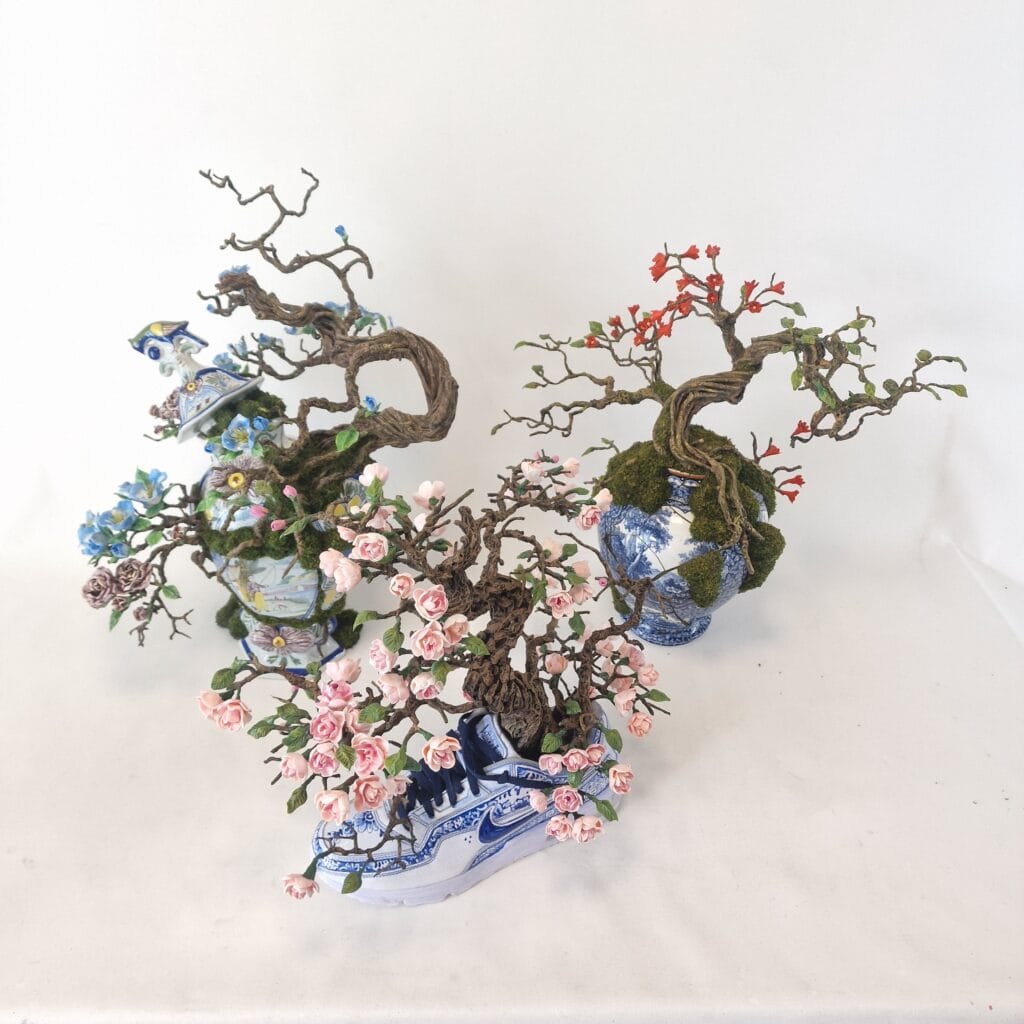

Furthermore, each sculpture becomes a careful balance between human craft and organic persistence. Consequently, the result feels alive yet frozen in time.
Nature Always Finds a Way
To demonstrate, Bergsma’s work celebrates nature’s enduring strength. “No matter what mess we make of this planet, nature will survive,” he reflects.
Significantly, each sculpture captures a frozen moment where natural forces reclaim what was once controlled. His art invites reflection on time, endurance, and the quiet power of the earth.


Through these bonsai porcelain sculptures, Patrick Bergsma reminds us that nature is not a backdrop; it is persistent, adaptive, and endlessly inspiring.
Patrick Bergsma created all works, and the studio photography is by Maarten Koch.
Finally, explore Patrick Bergsma’s work on his website.
Additionally, discover more sustainable design and art stories at IRK Magazine
Share this post
Kendra Dresser is in Communications and Public Relations with a focus on how fashion, media, and culture shape the way we see the world and ourselves.
She’s interested in the connection between image and meaning: how a campaign, an outfit, or a trend can say something deeper about identity, mood, and the cultural moment.
She’s especially drawn to how Generation Z uses fashion and beauty to express individuality, often in bold, layered, and playful ways. She’s also curious about how social media continues to reshape storytelling, changing how we create, share, and connect through visual culture.
To Kendra, fashion is more than just style; it’s a language! One that reflects who we are, how we feel, and what we stand for. She’s committed to sustainability and believes fashion and culture should not only inspire but also respect the planet.
Read Next

